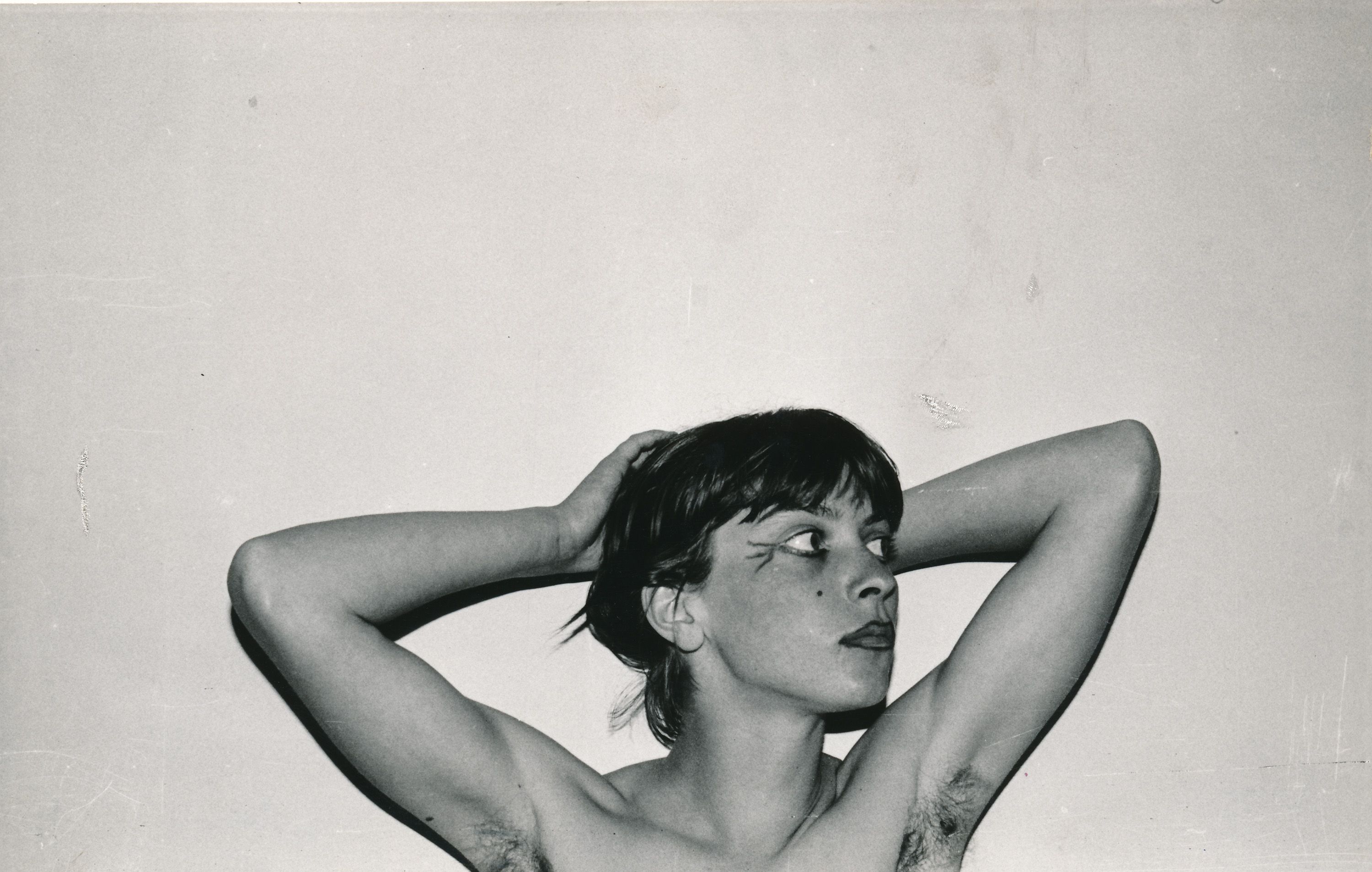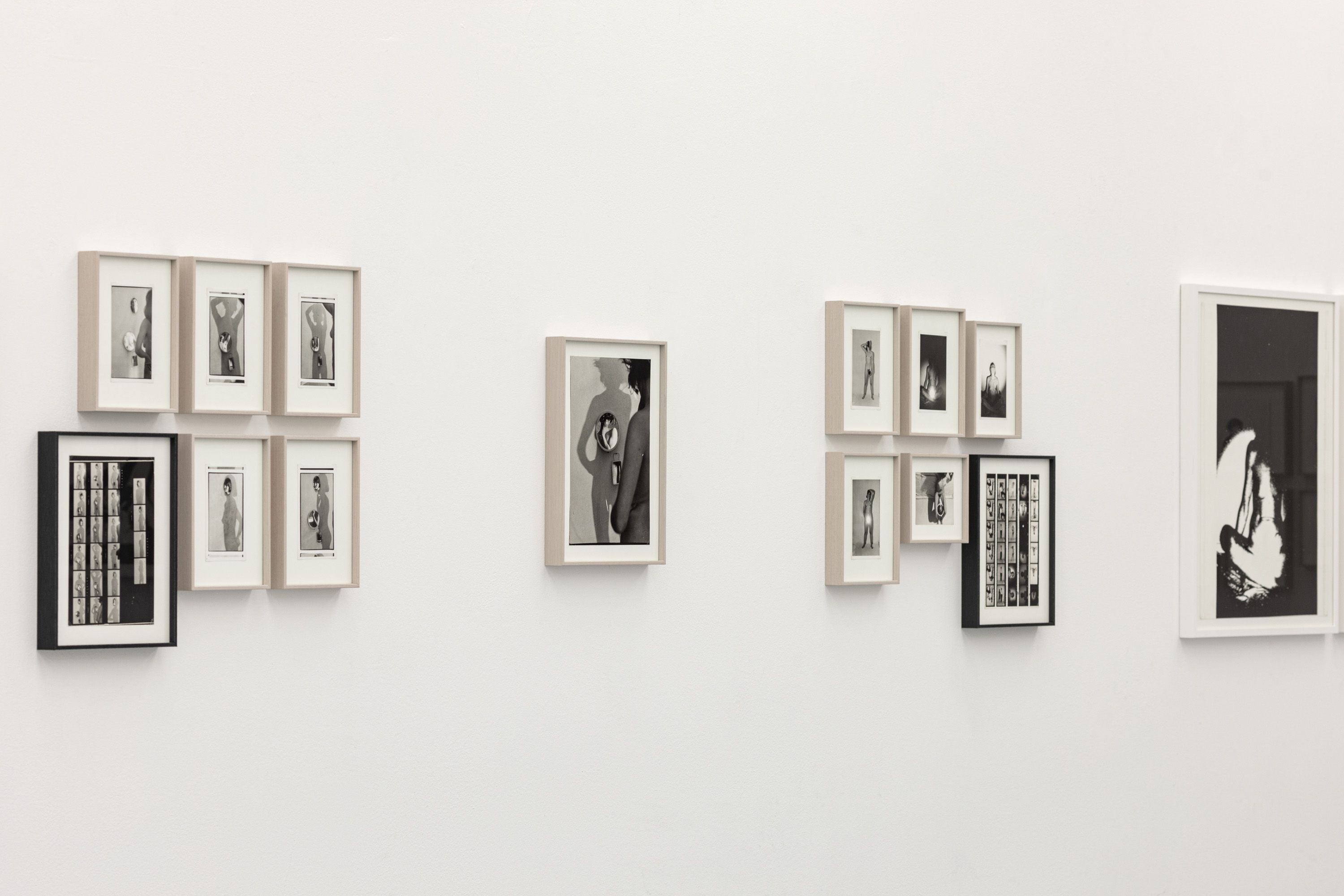Zsuzsi Ujj
Chansons in Black and White video interview
acb is proud to present its latest online project, the viewing room related to the exhibition Zsuzsi Ujj: Chansons in Black and White. The exhibition was organized at the acb Gallery between May 5 and June 16, 2023 as part of the program series of the Budapest Photo Festival.

Zsuzsi Ujj: Bridal
gelatin silver print 59.5 × 50
VR presents a diverse and wide-ranging selection of Zsuzsi Ujj’s photographic works, with the endeavour of exploring and presenting the connections and relationships between the series that make up her oeuvre. Typically of the ‘new wave’ that largely dominated the eighties, poetry, lyrics, music and visual art are in close unity with each other in Zsuzsi Ujj’s works. The title and the cinematic materials placed among the photographs underline these connections, juxtaposing the poetic, vocal and artistic aspects of the artist’s work. These art forms are bound together by the artist’s powerful skill of creating images, her visual expressiveness and the ability to effectively convey melancholic moods, often infused with ironic, grotesque humour. Her personal motivation and the intimate-private atmosphere prevailing in her texts have defined Zsuzsi Ujj’s photographic works. In the short but intense period between 1986 and 1991 the artist, never having received any formal training, created a unique oeuvre of Hungarian visual art using photography, dealing with models of female roles and experiences as a woman, in which she drew on various topoi, modes and forms of vulnerability, seduction and self-discovery, her compositions and gestures saturating various behavioural patterns with new contents. The American curator John P. Jacob was the first to use the phrase “gender representation” (1989) in reference to her carefully planned and staged black and white photographs of her own body as a medium, often ‘equipped’ with body paint and props emphasizing either the female corporeal experience or an androgynous character – but also in reference to the work of any Hungarian artist.
The VR presents a broader selection of well-known Zsuzsi Ujj works as well as never-before-exhibited pieces, from her very first photographs from the series With a Broom and In the Corner featuring dotted body painting to prints from the In Circle series that concluded her oeuvre. Attention to motivic repetition and objects (especially the various uses of mirrors or foil), and the narrative power of alternating close-up and distant views are equally at play in this selection and arrangement. The presentation of exclusively vintage prints – with one exception (With an Egg, 1986/2023) – includes representative works that have become the artist’s trademark, ‘hard graded’ almost to the point of having a graphic effect (the series of five that was once exhibited in the United States, including the well-known Bridal, but also the rarely exhibited Giving Birth). The selection also includes pieces of the Lap, Flying and Wrapped series (1986) with both hard and soft tonal variations, as well as With a Throne, which has become the most famous work by Zsuzsi Ujj, and its ‘couplet’, the aforementioned With an Egg, the dressed-up self-portrait variations using transitions and multiplications, a piece from the Sun Lamp series, which is undeniably related to the works of Tibor Hajas, and the pieces of the With Öcsi series that boasts a strong narrative force.

Zsuzsi Ujj: Lap (Close-Up)
gelatin silver print 59.5 × 50 cm

Zsuzsi Ujj: Mirror and Lap
gelatin silver print 14 × 9 cm
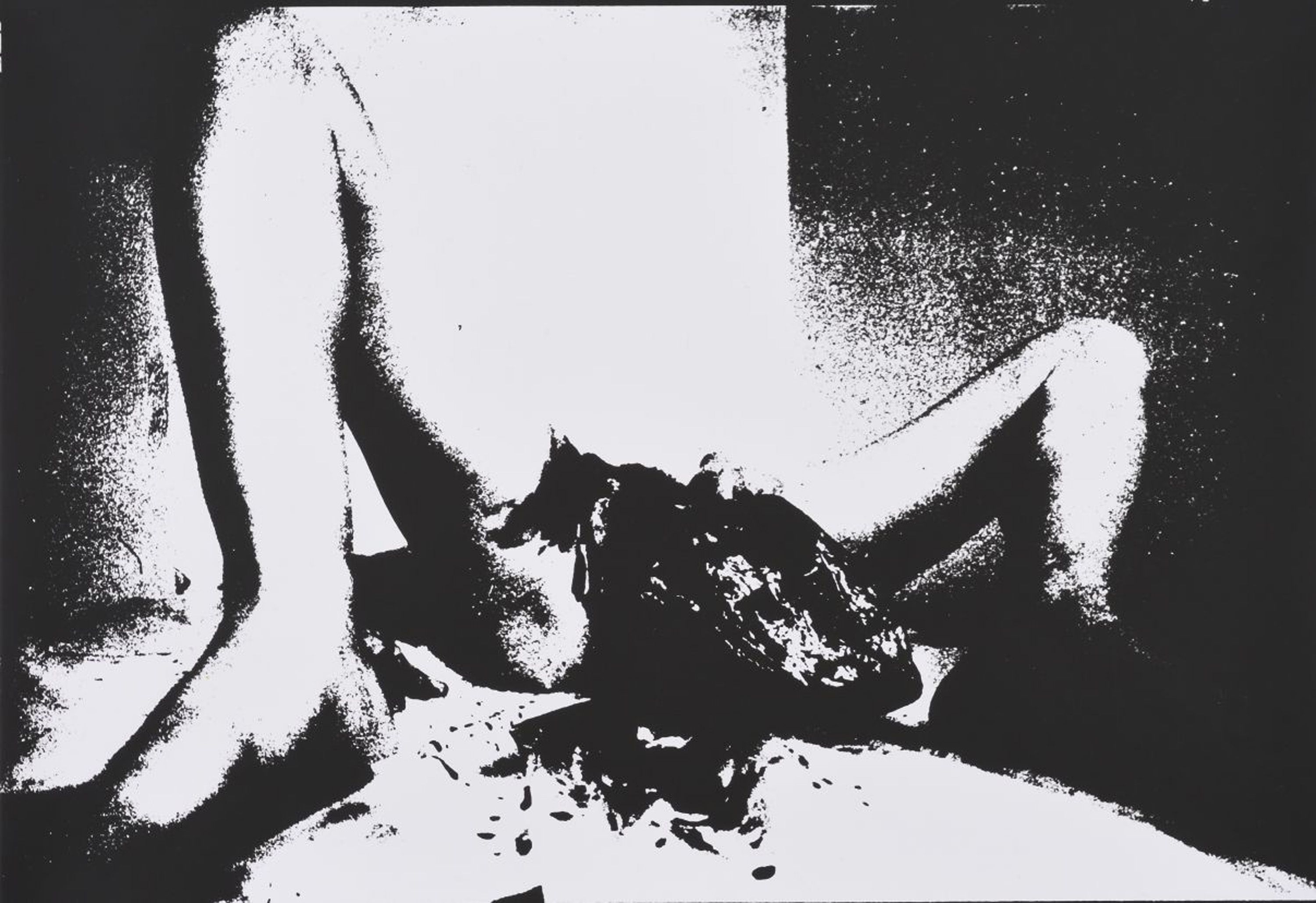
Zsuzsi Ujj: Giving Birth
gelatin silver print 50 × 59.5 cm

Zsuzsi Ujj: Study for Bridal I.
gelatin silver print 18 × 13 cm

Zsuzsi Ujj: In the Corner I/a
gelatin silver print 12.5 × 9 cm
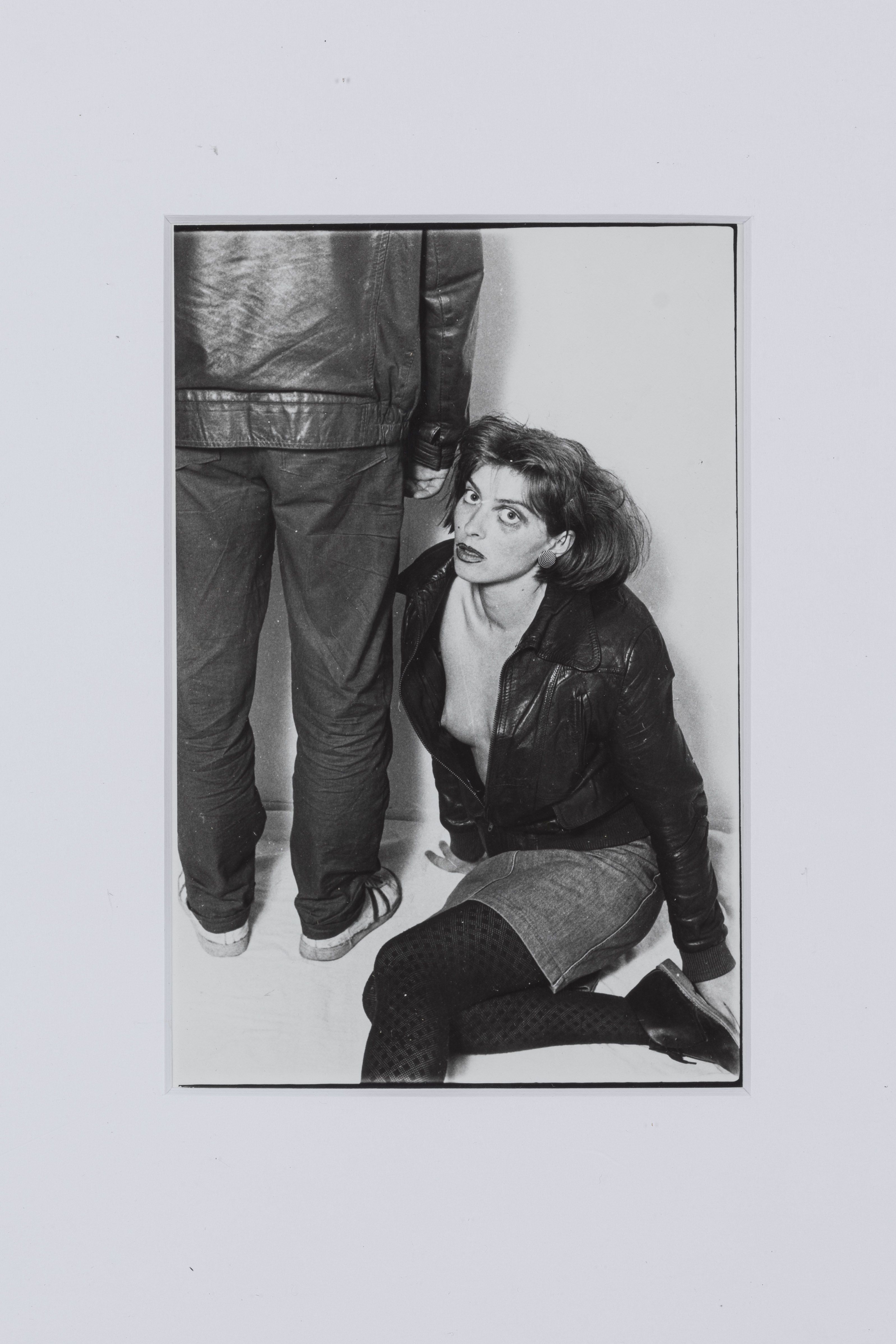
Zsuzsi Ujj: With Öcsi, Detail 4.
gelatin silver print 18 × 13 cm
Ujj Zsuzsi szemléletmódjában az irodalom és a zene szeretete mellett kiemelkedő szerep jut a mozgóképes gondolkodásnak is – az alkotó dolgozott is a Balázs Béla Stúdióban, Forgács Péter Privát Magyarország archívumában, valamint a Fekete Doboz Alapítványnál is. A történetmesélés módjában, illetve a filmstillekre emlékeztető beállítások alkalmazásában ennek az érdeklődésnek a nyomait lehet felfedezni. Miután a fényképezőgépet szó szerint mikrofonra cserélte a kilencvenes évek elején, a Csókolom zenekar alapítótagjaként, énekeseként és szövegírójaként a magyar alternatív zenei élet meghatározó alakjává vált. Az utóbbi évtizedben Darvas Kristóf zongoristával duóban is dolgozik.
Being a member of the circle around Liget Gallery in Budapest, which was home to experimental genres and the ‘alternative’ uses of photography by visual artists, the choice of photography as a medium was self-explanatory for the young artist who had already been writing for years and devoted to film. It was the curatorial work of Tibor Várnagy and the Liget Gallery he managed that provided Zsuzsi Ujj with her first exhibition opportunities and, thanks to the gallery’s network, opportunities to exhibit internationally as well. Nevertheless, Zsuzsi Ujj’s photographs, or more precisely their multiple layers and diversity, the quantity of her series, perhaps due to the short period of time in which she used the language of visual art, were for a long time known only to a narrow circle of professionals. A landmark event in the (re)discovery of her oeuvre in Hungary and abroad was the artist’s participation in the show Gender Check (2009) and her being invited to the exhibition Bigger Splash: Painting After Performance Art (Tate Modern, London, 2012), in which MissionArt Gallery’s activities proved to be fundamental. As of 2021, Zsuzsi Ujj’s oeuvre has been in the care of acb Gallery, and it was in this capacity that the gallery contributed to the organisation of the exhibition Zsuzsi Ujj: Self Timer at the Castle Gallery in Veszprém in 2021, and in the same year to the exhibition Zsuzsi Ujj: First Notebook at Liget Gallery, and to the presentations of Zsuzsi Ujj’s work in New York and Los Angeles in collaboration with James Danziger Gallery.
Wall painting by János Borsos.
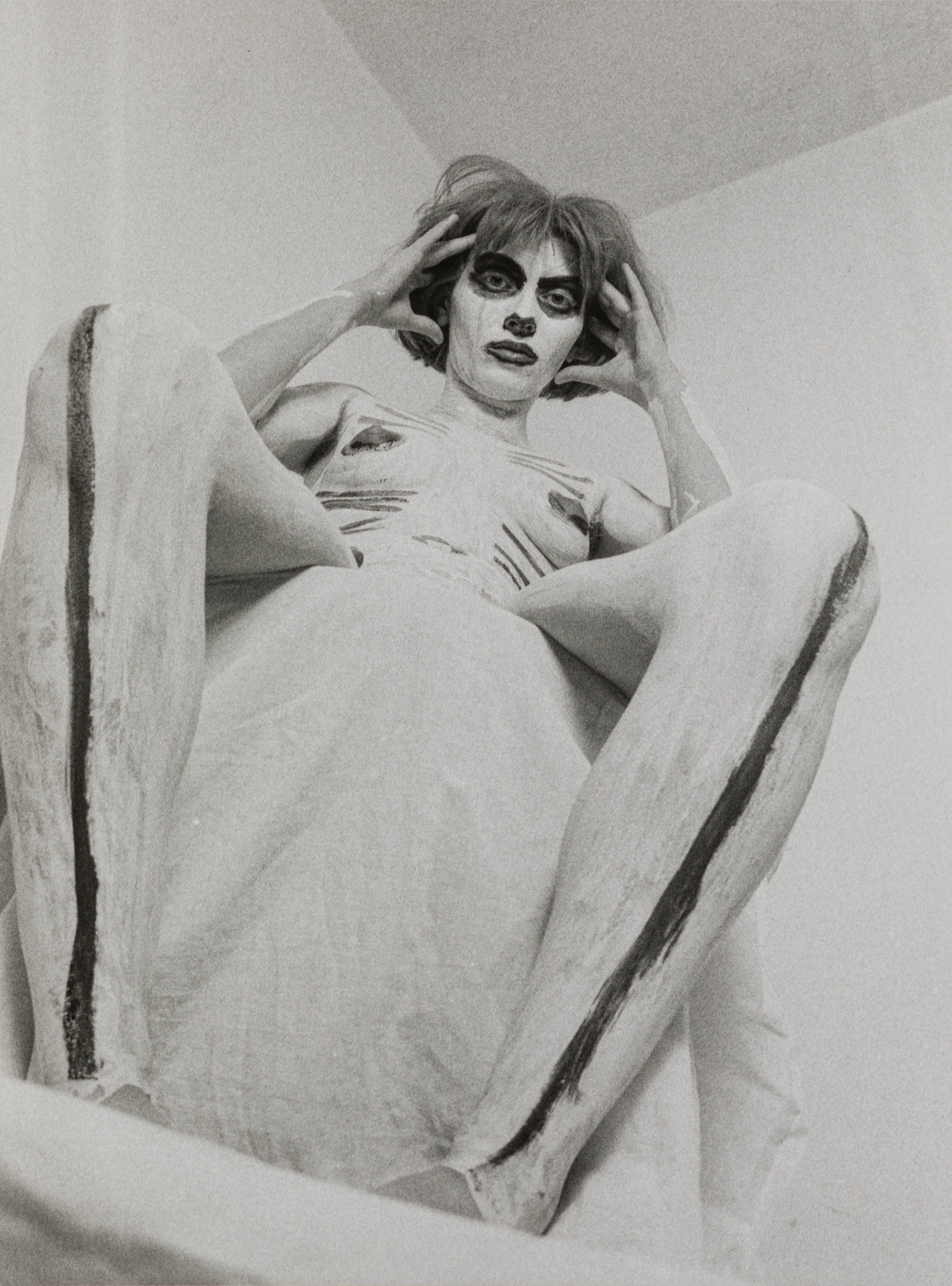
Zsuzsi Ujj
With an Egg, 1986/2023
gelatin silver print
23 × 17.2 cm
Inquire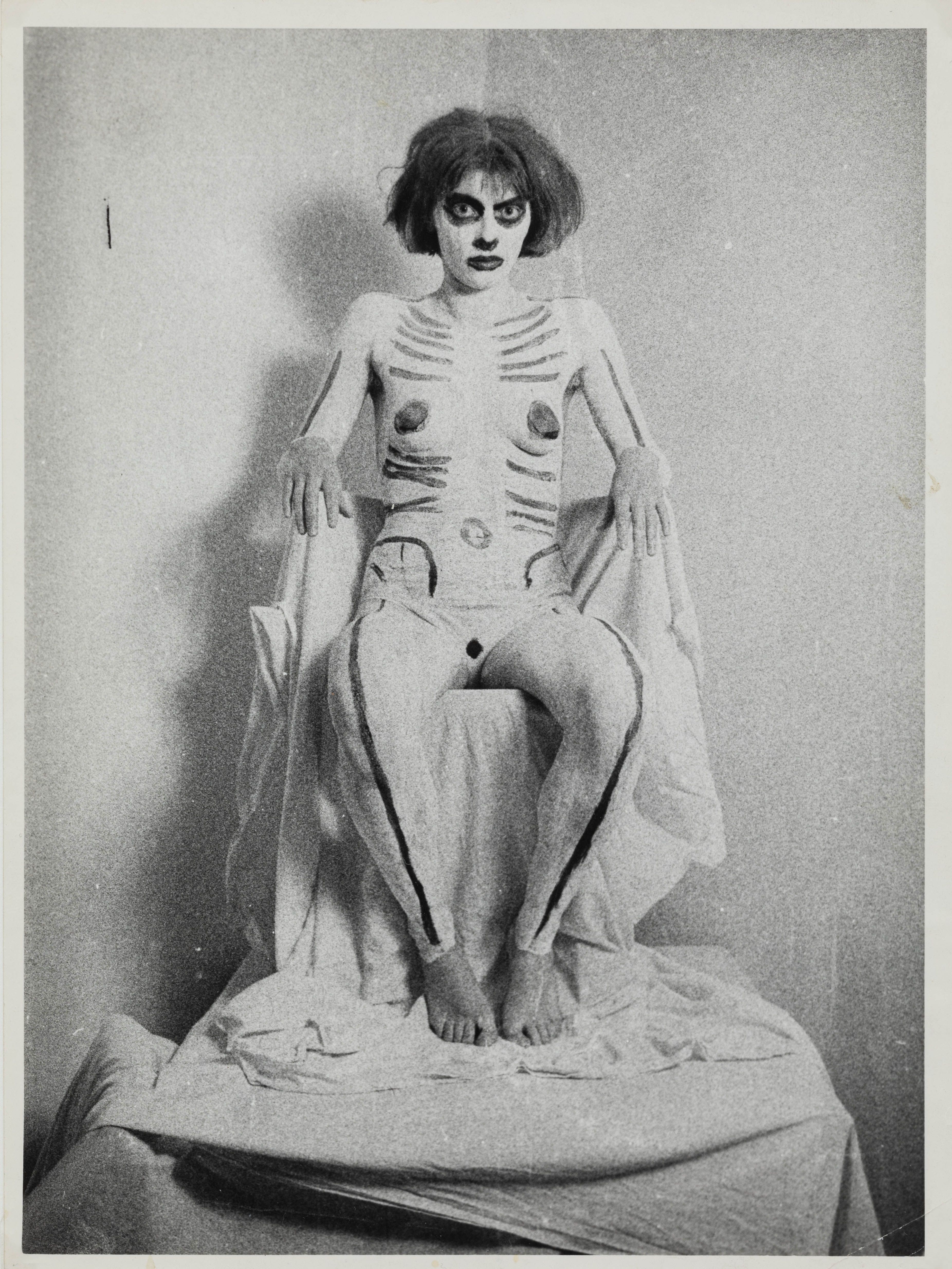
Zsuzsi Ujj
With a Throne, 1986
gelatin silver print
24 × 18 cm
Inquire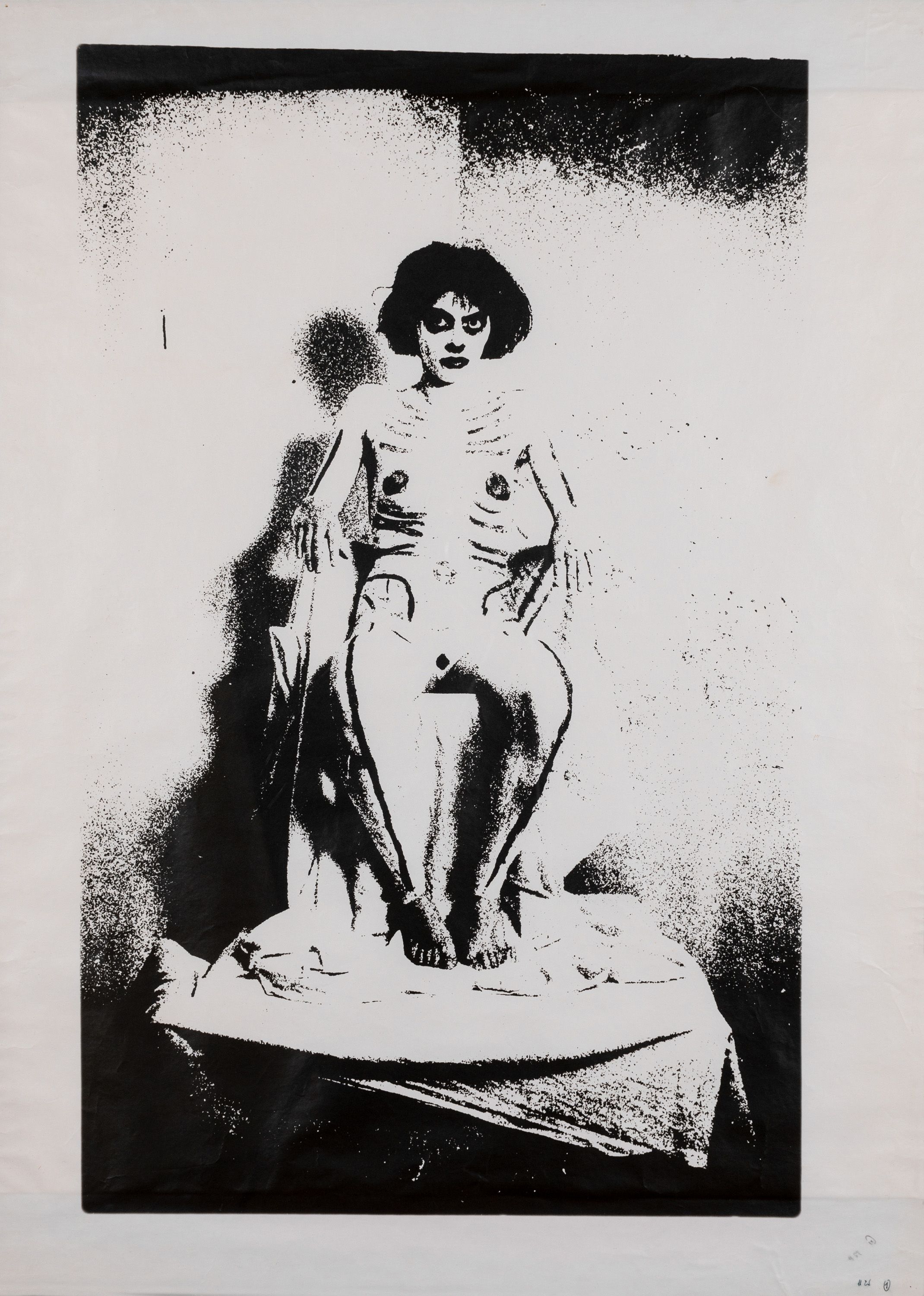
Zsuzsi Ujj
With a Throne, 1986
gelatin silver print on Docubrom paper
101 × 73 cm
Inquire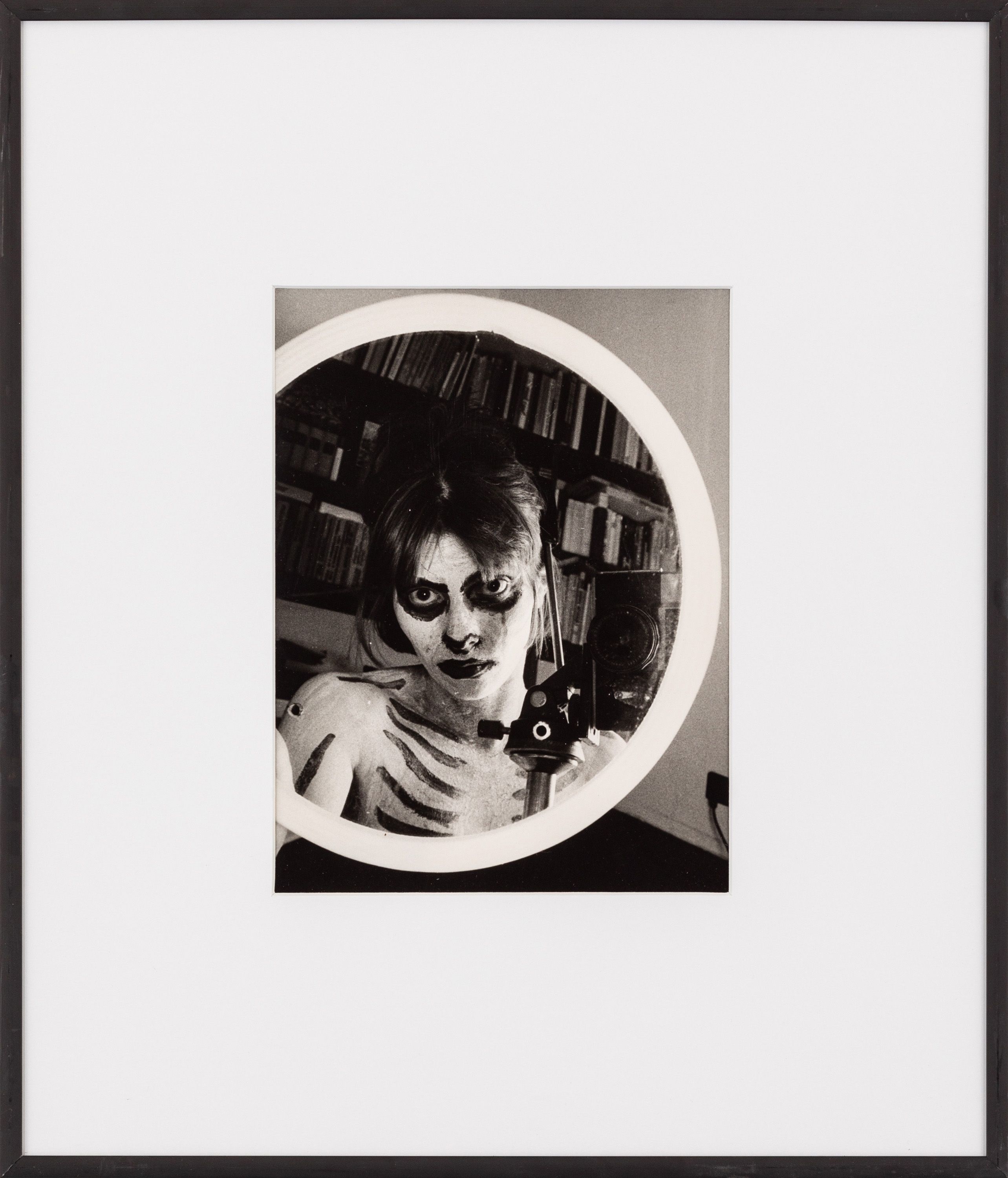
Zsuzsi Ujj
With a Round Mirror, 1986
gelatin silver print
24 × 18 cm
Info & Inquire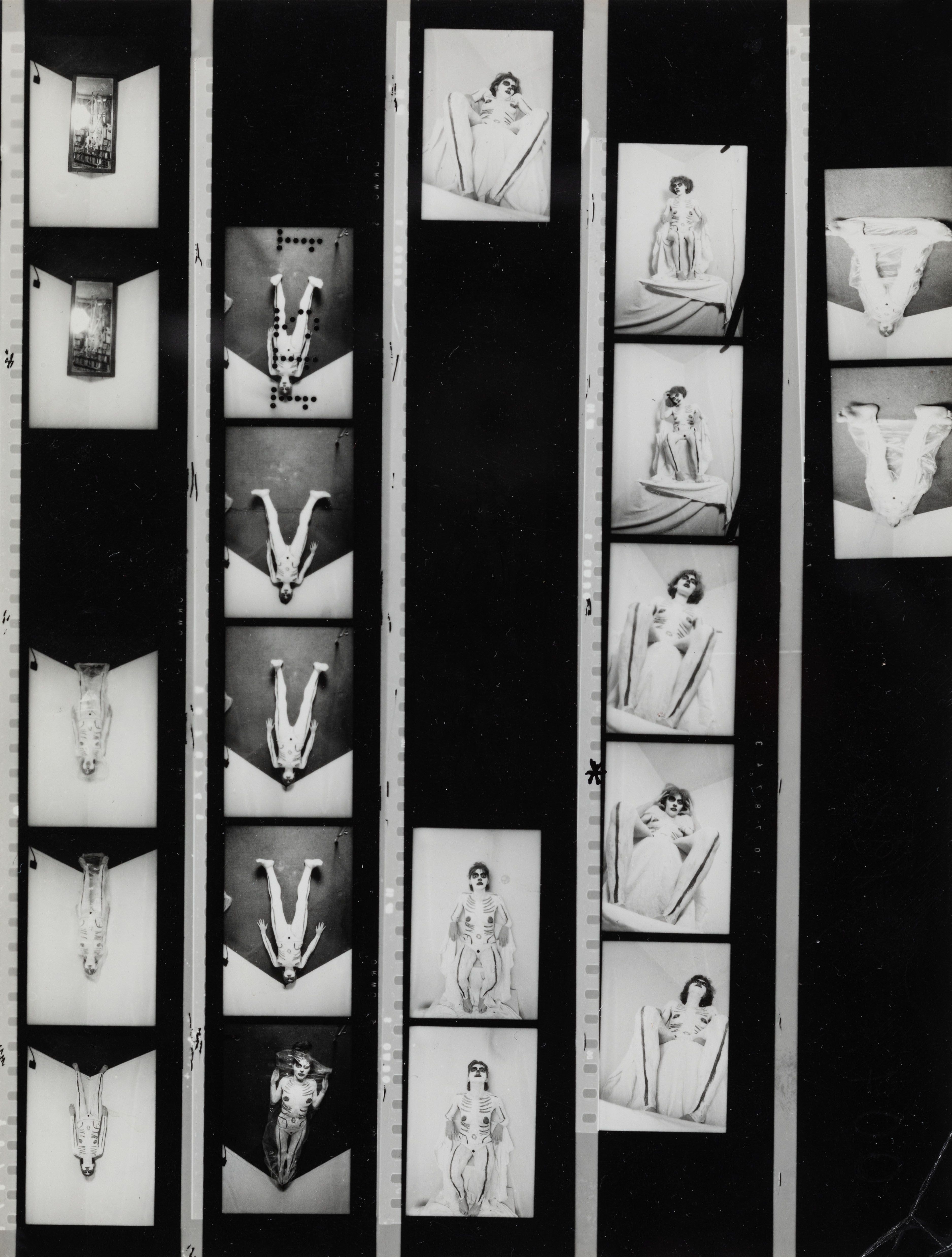
Zsuzsi Ujj
Contact, 1986
gelatin silver print
24 × 18 cm
Inquire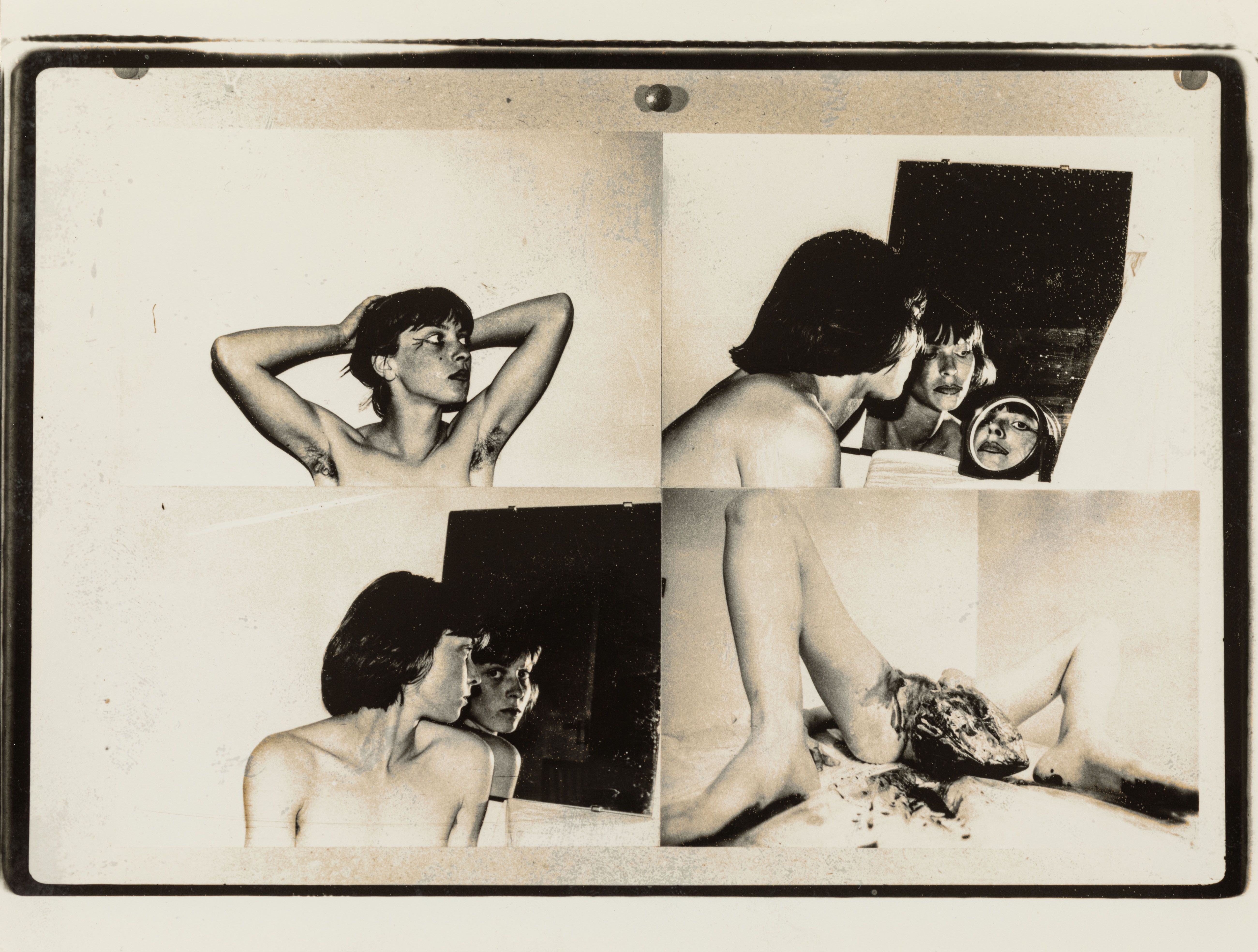

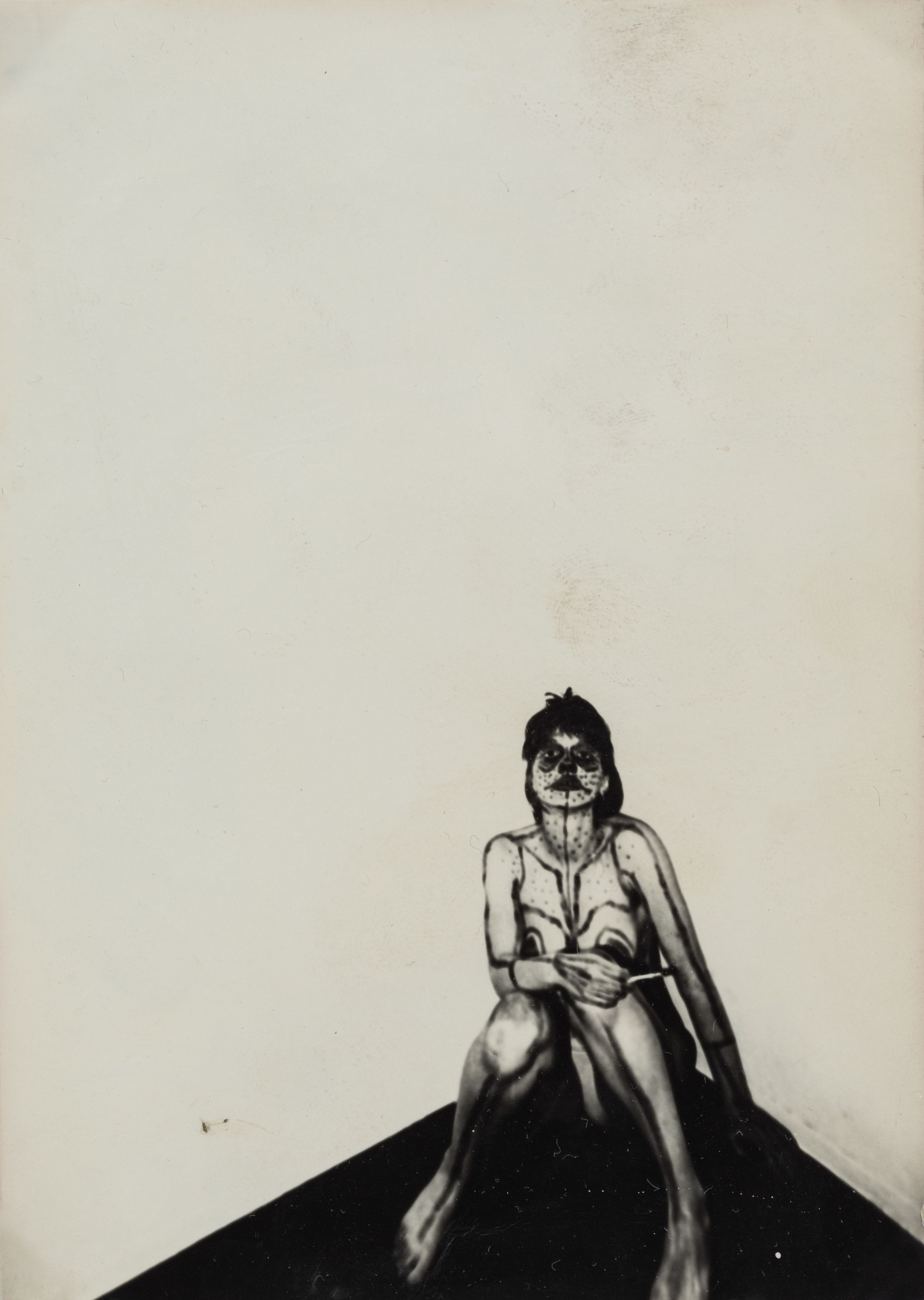
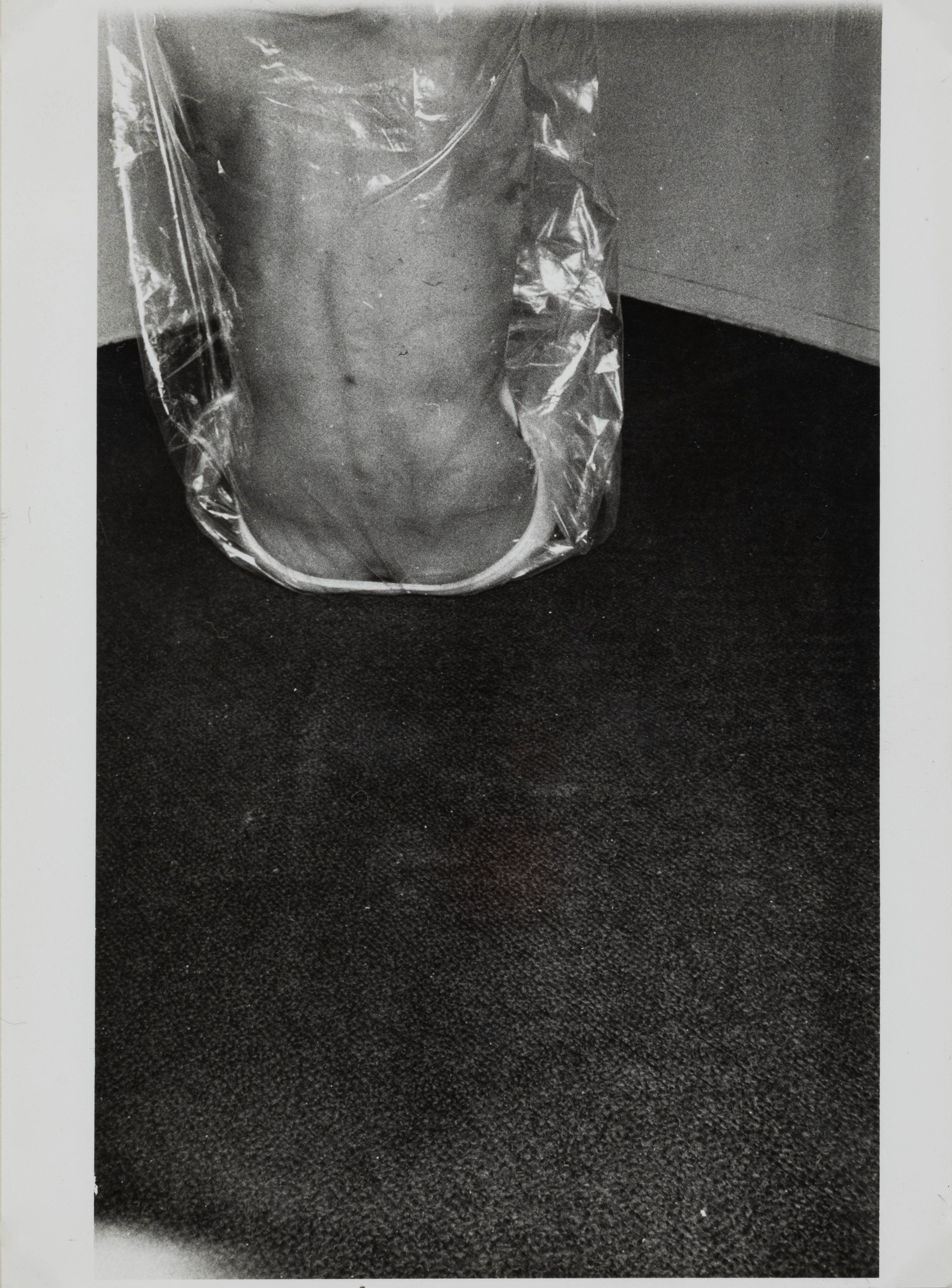




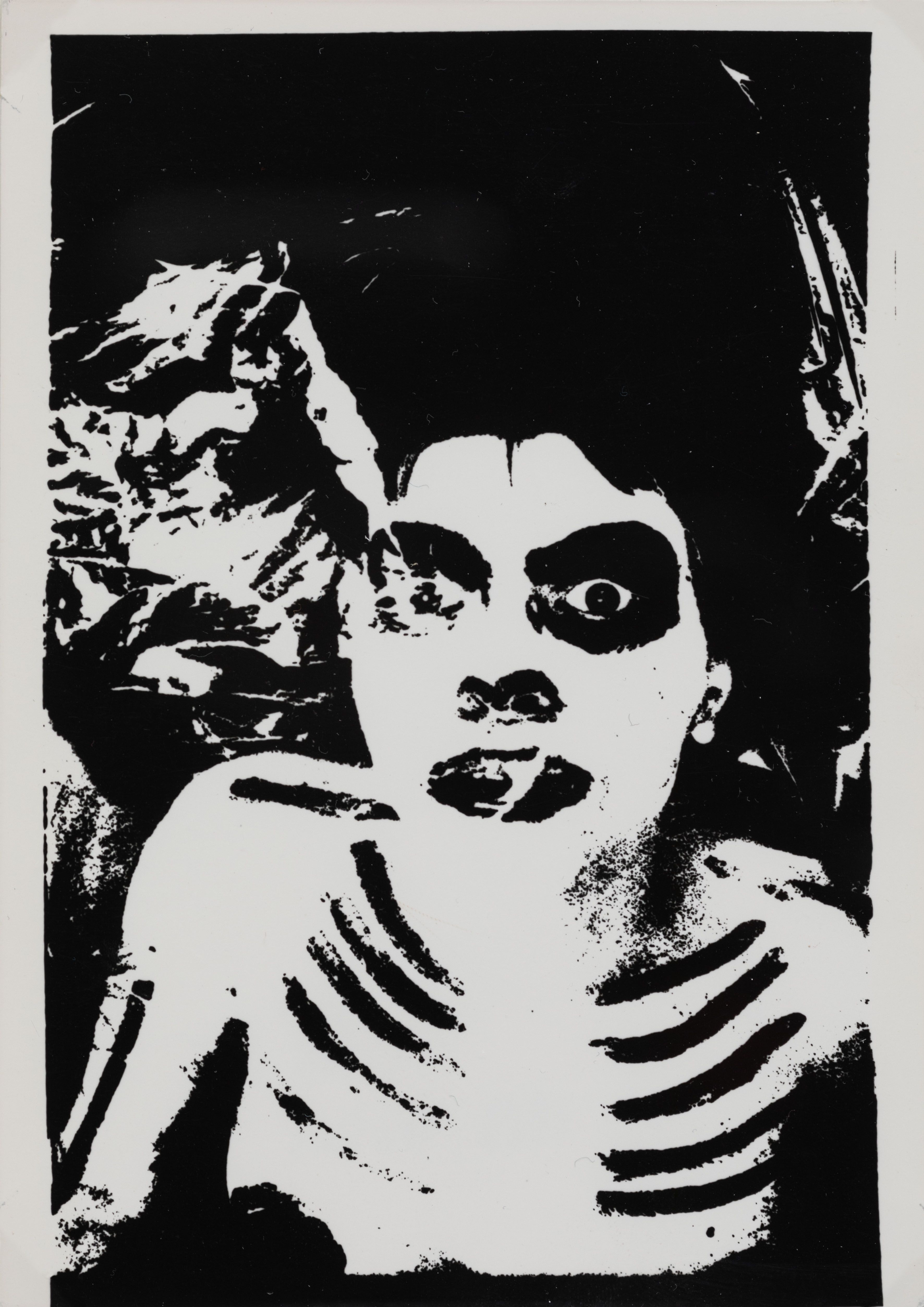

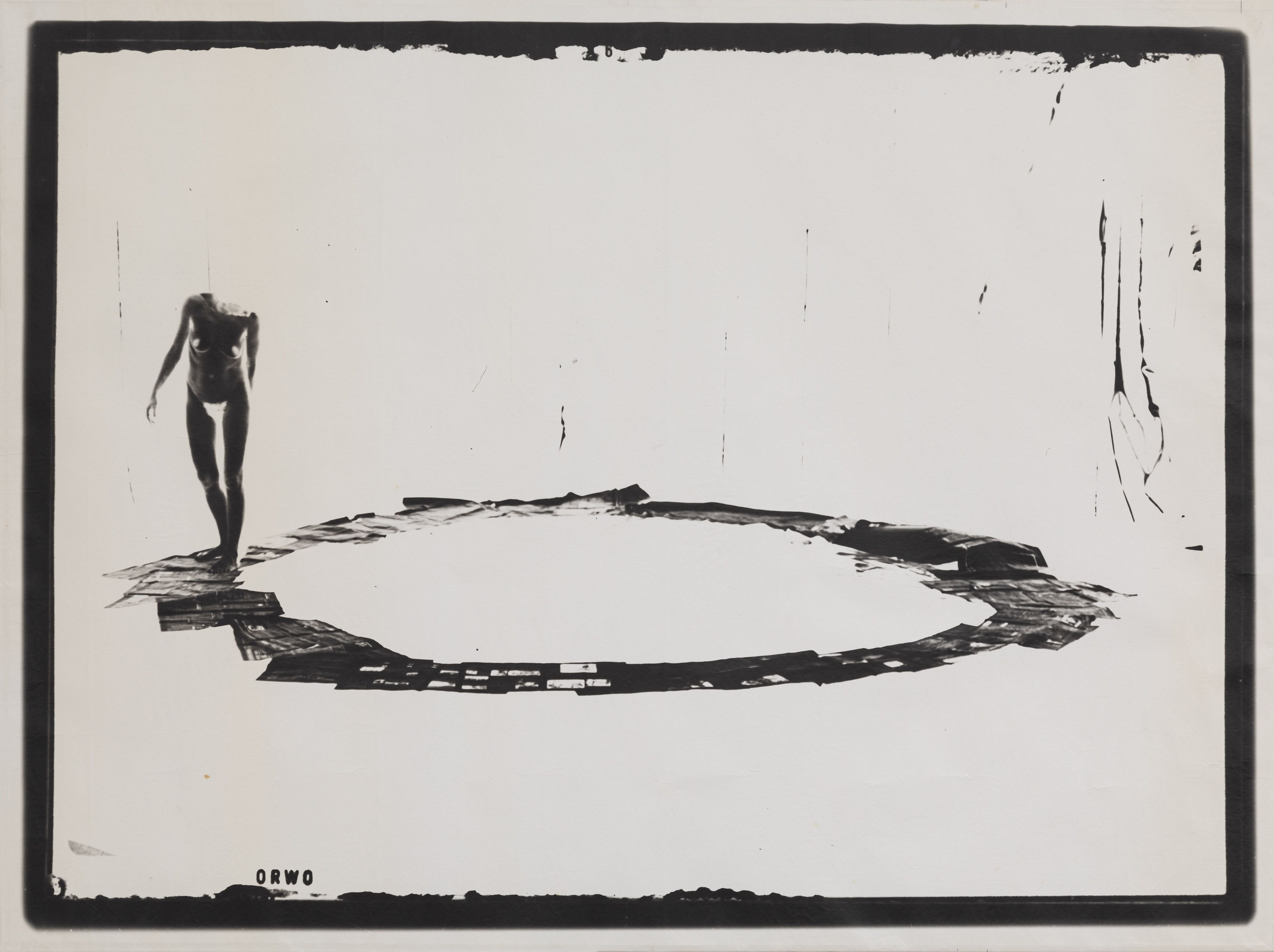
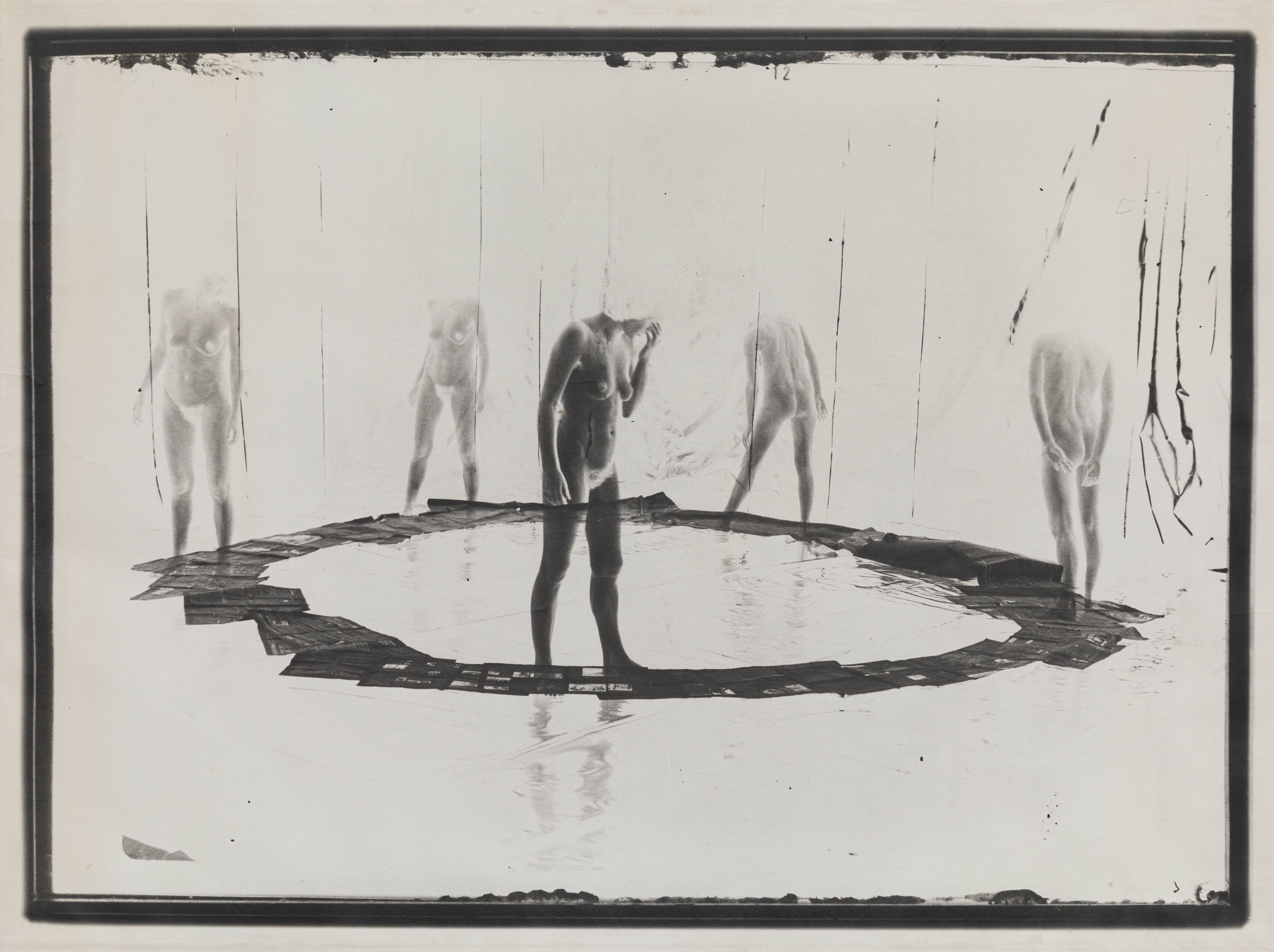
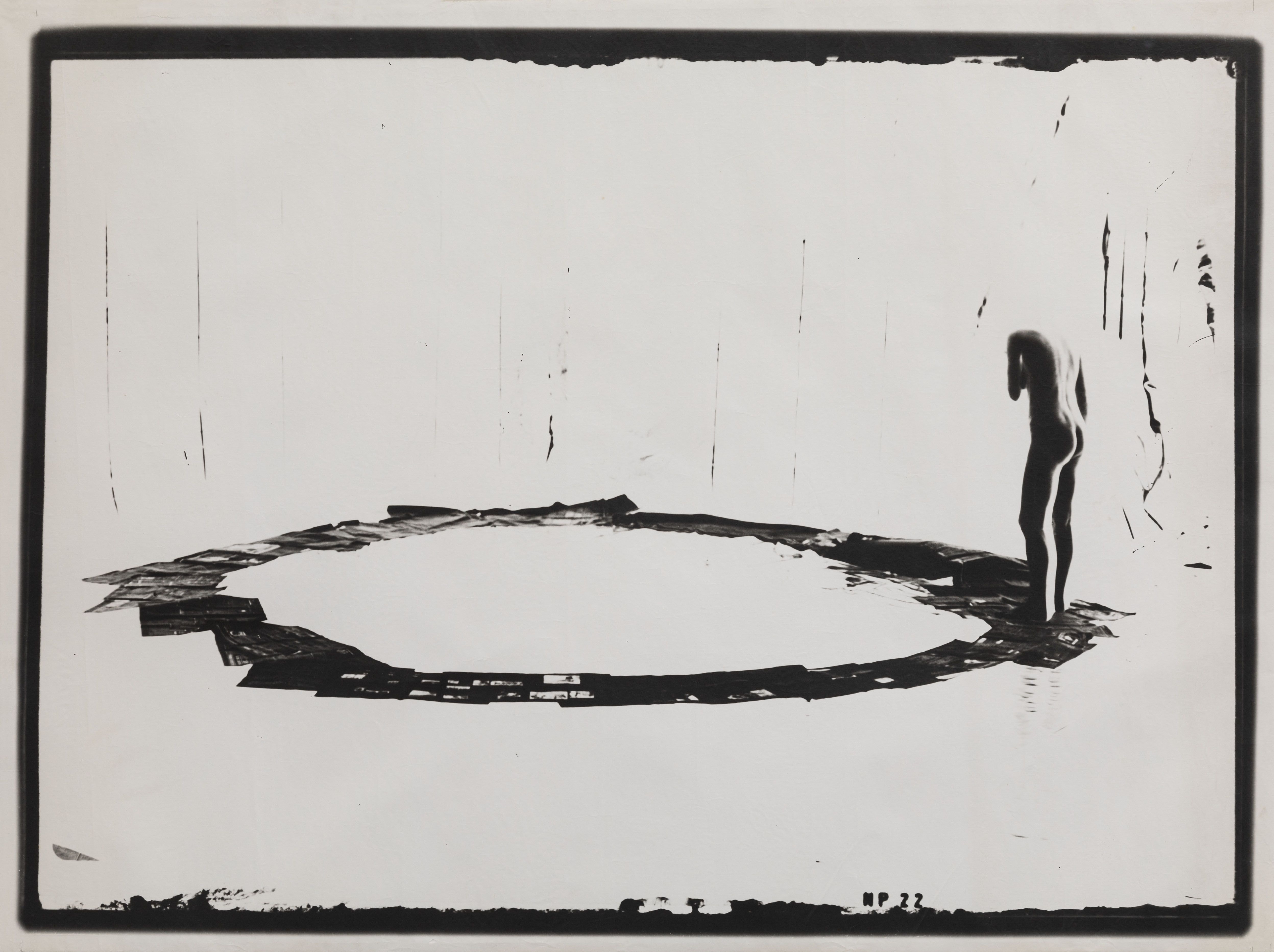
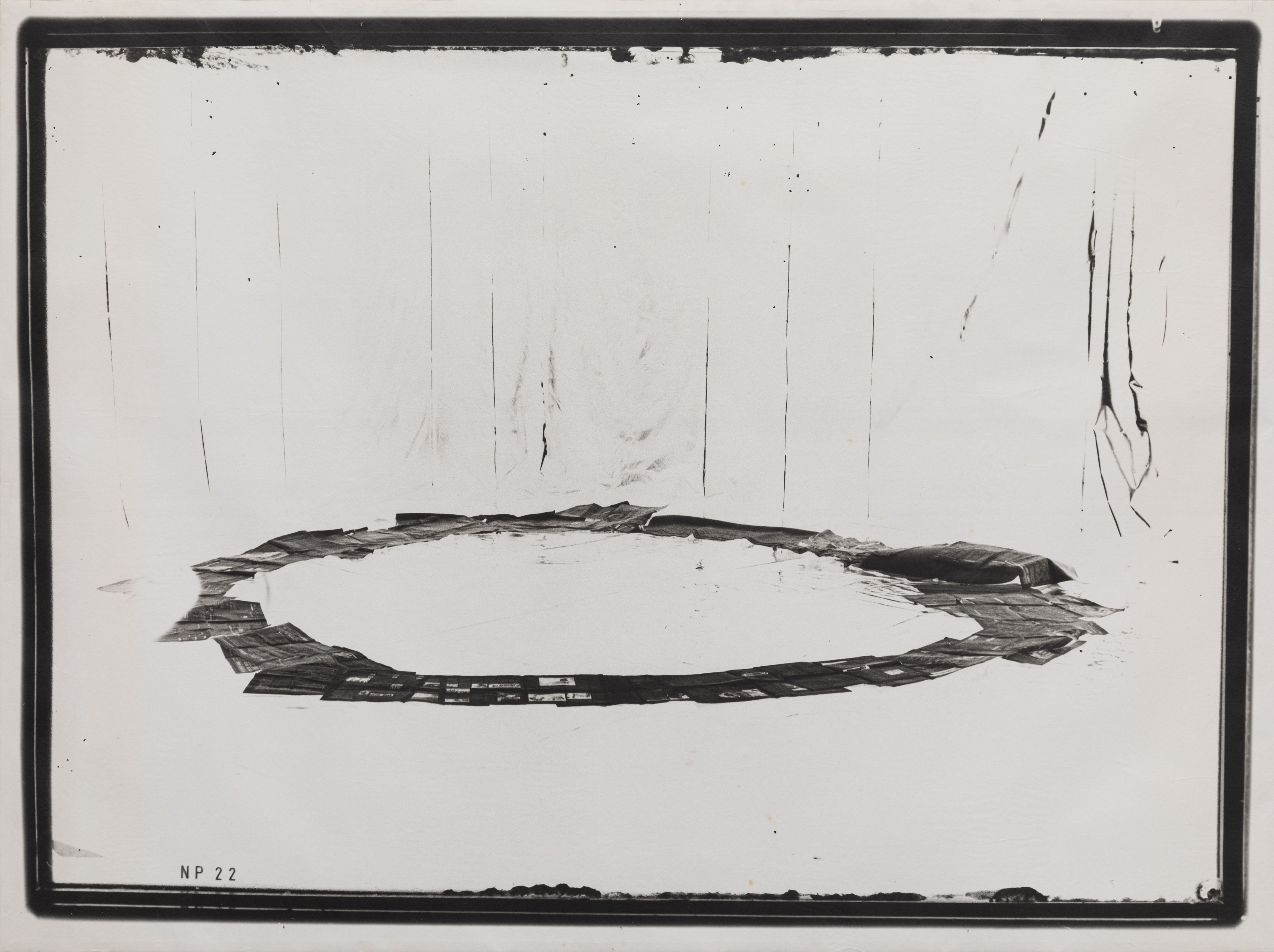
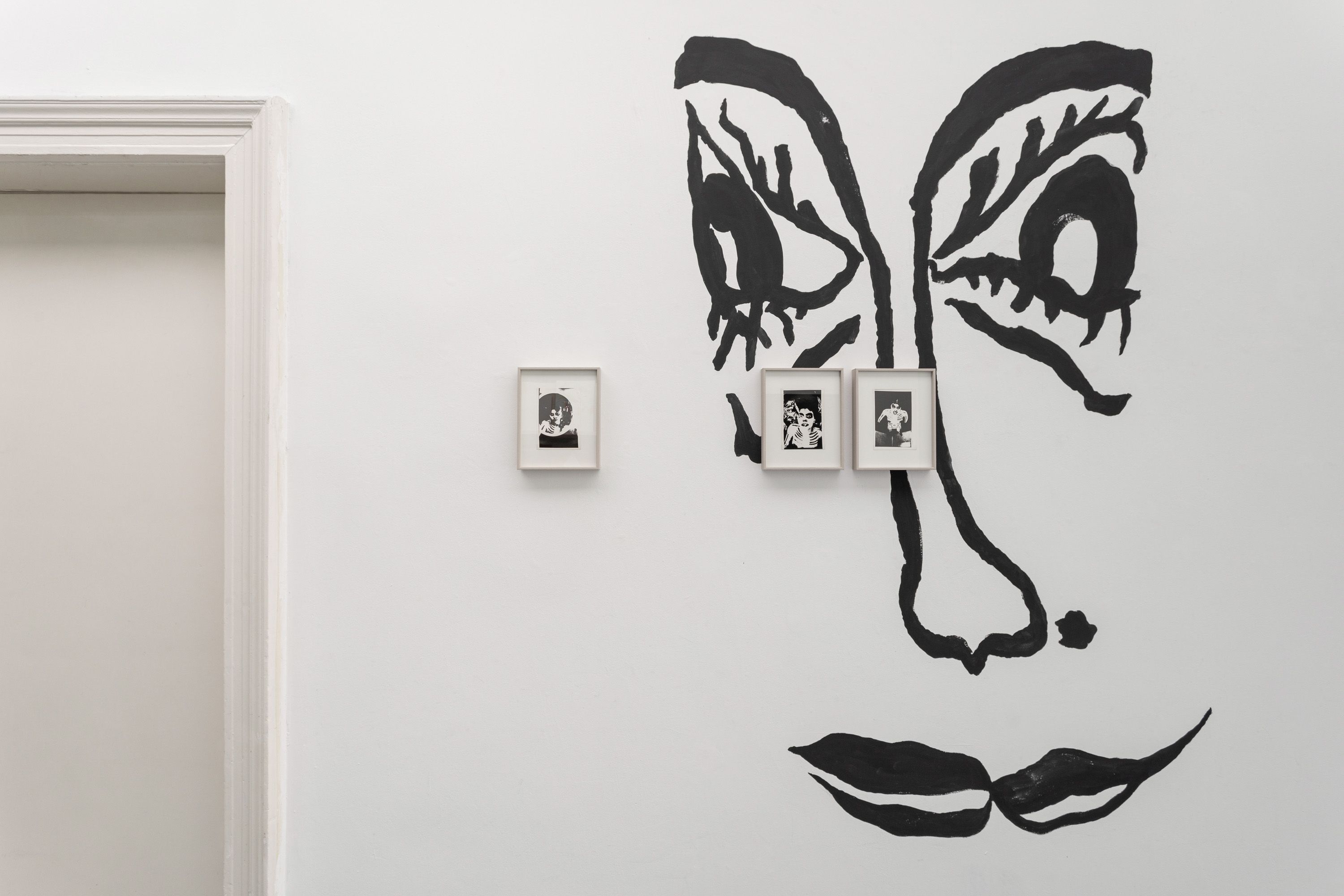
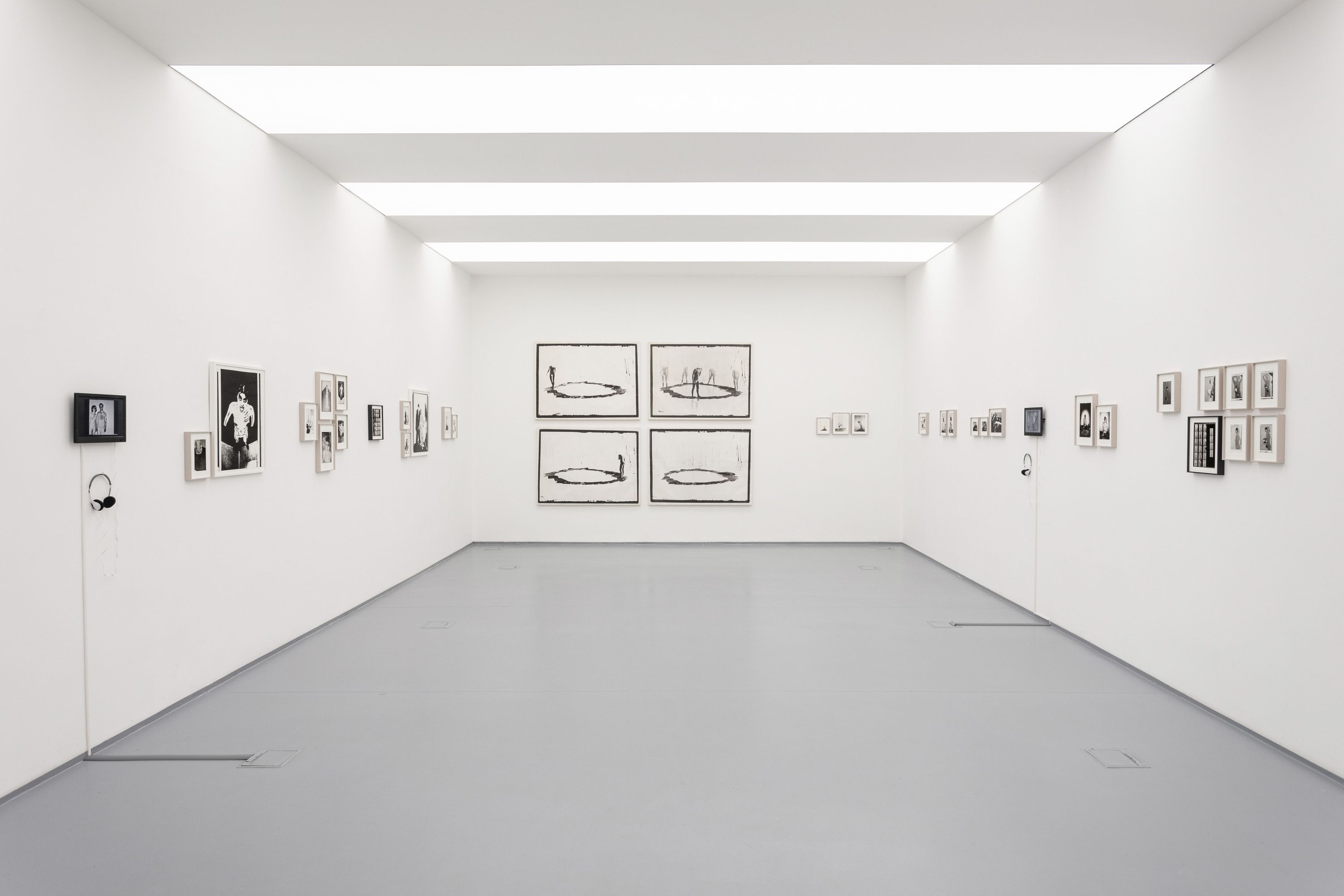
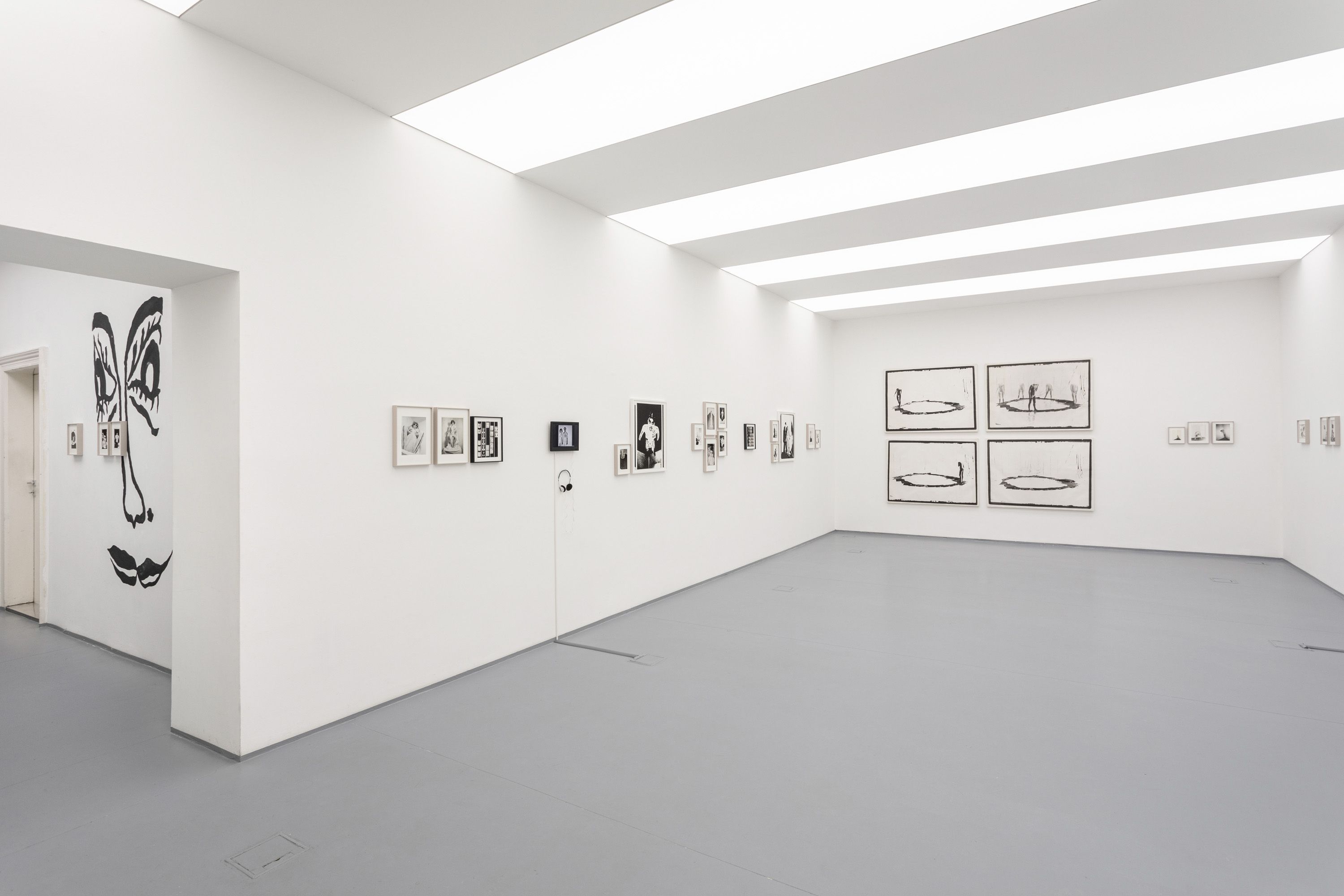
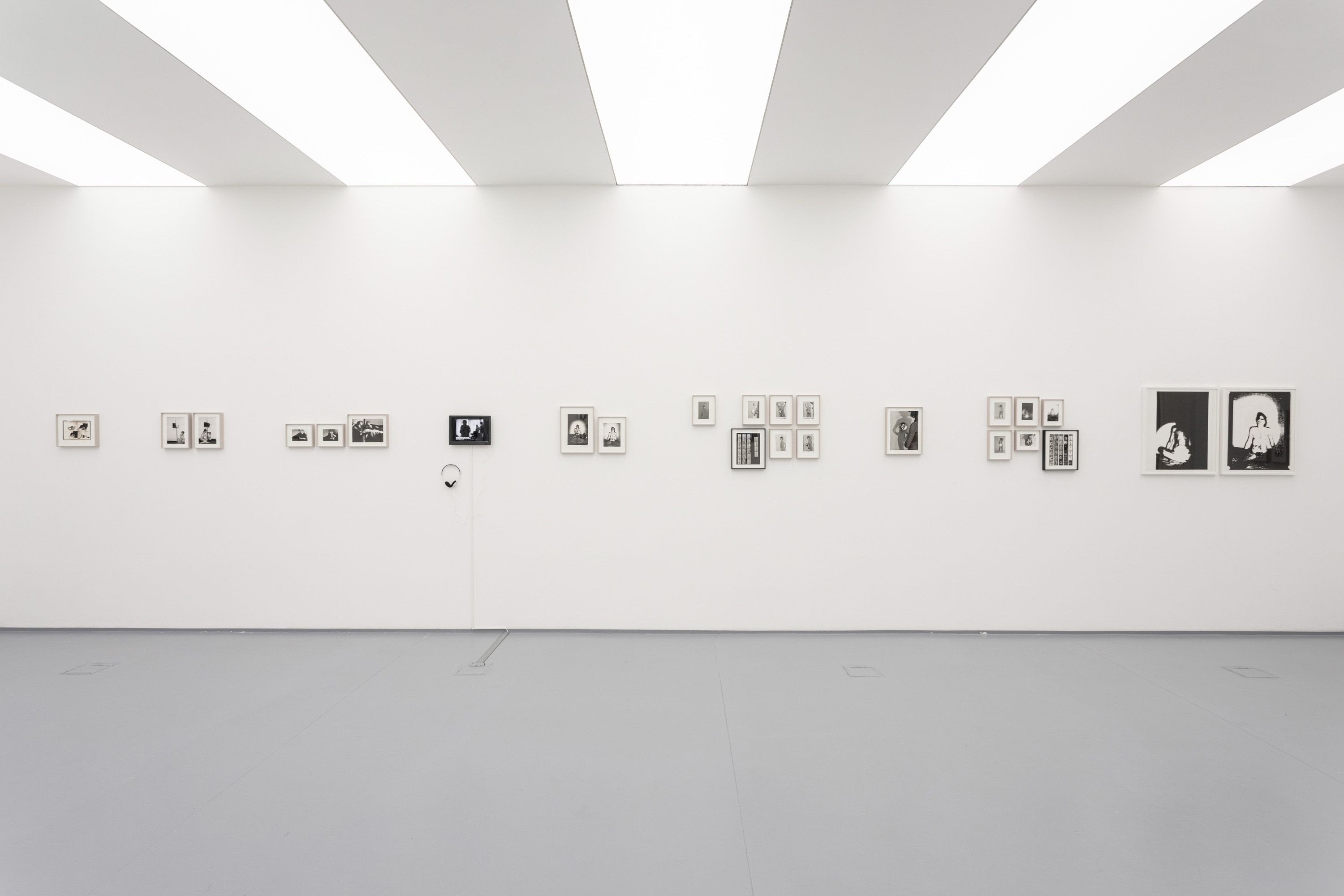
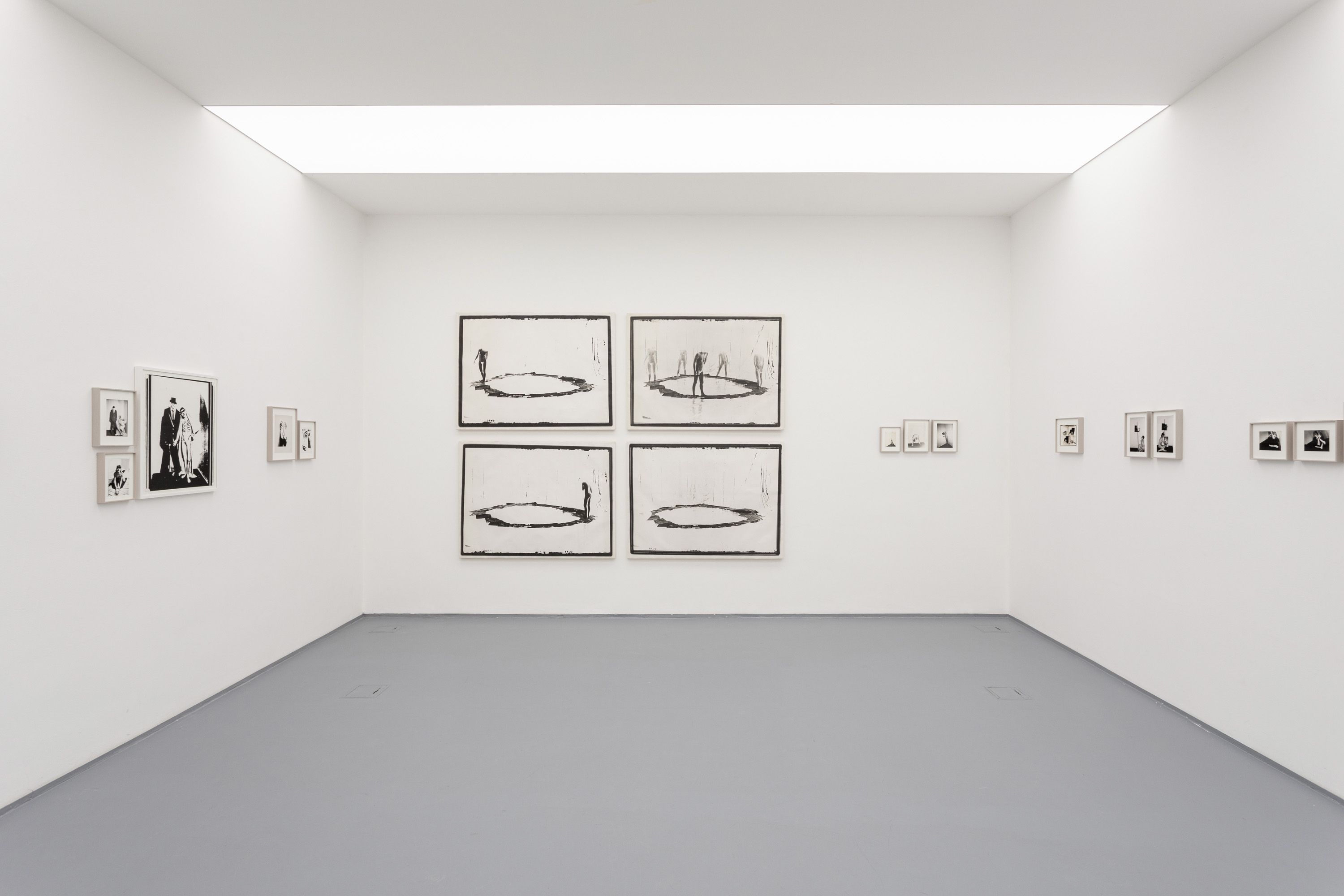

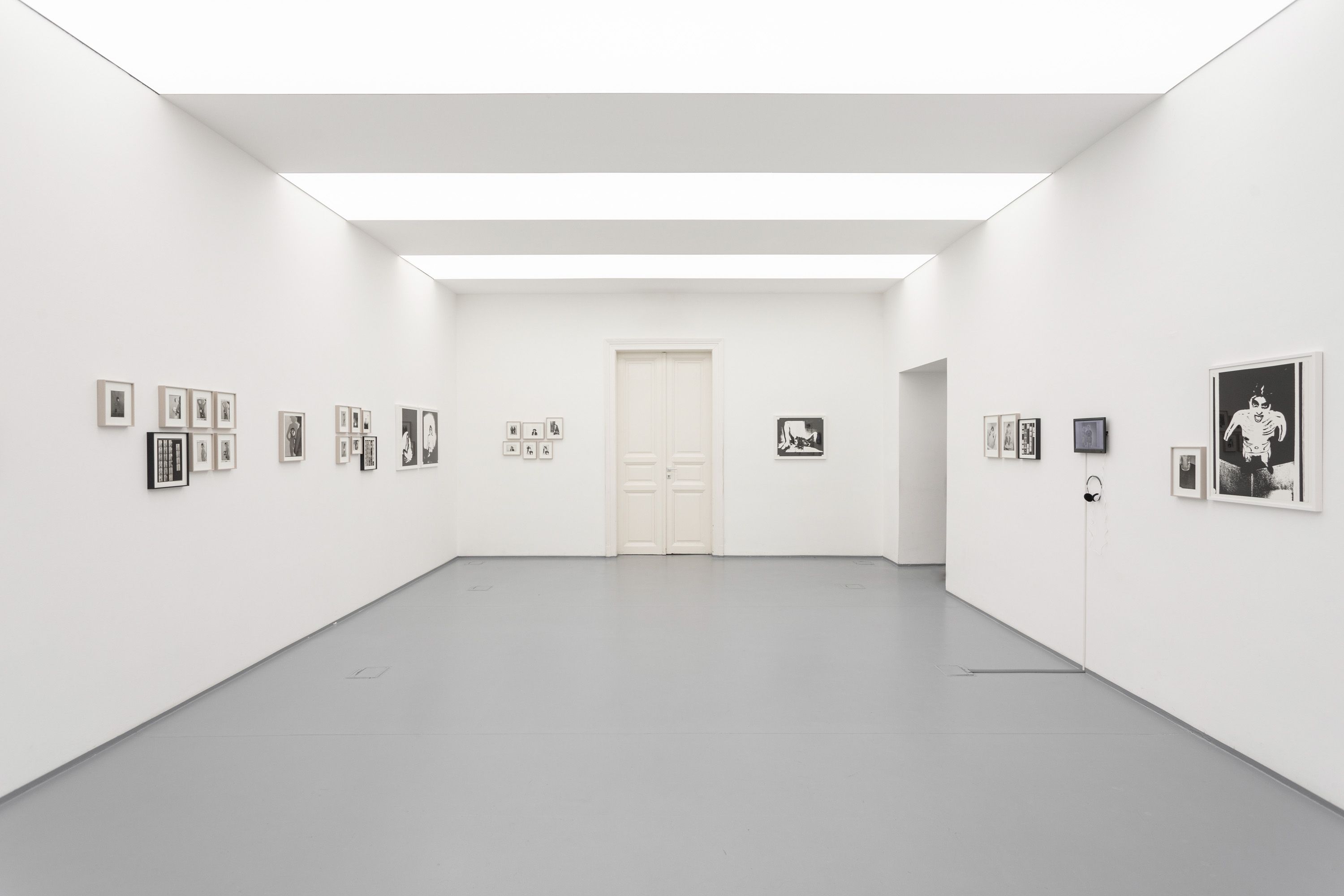

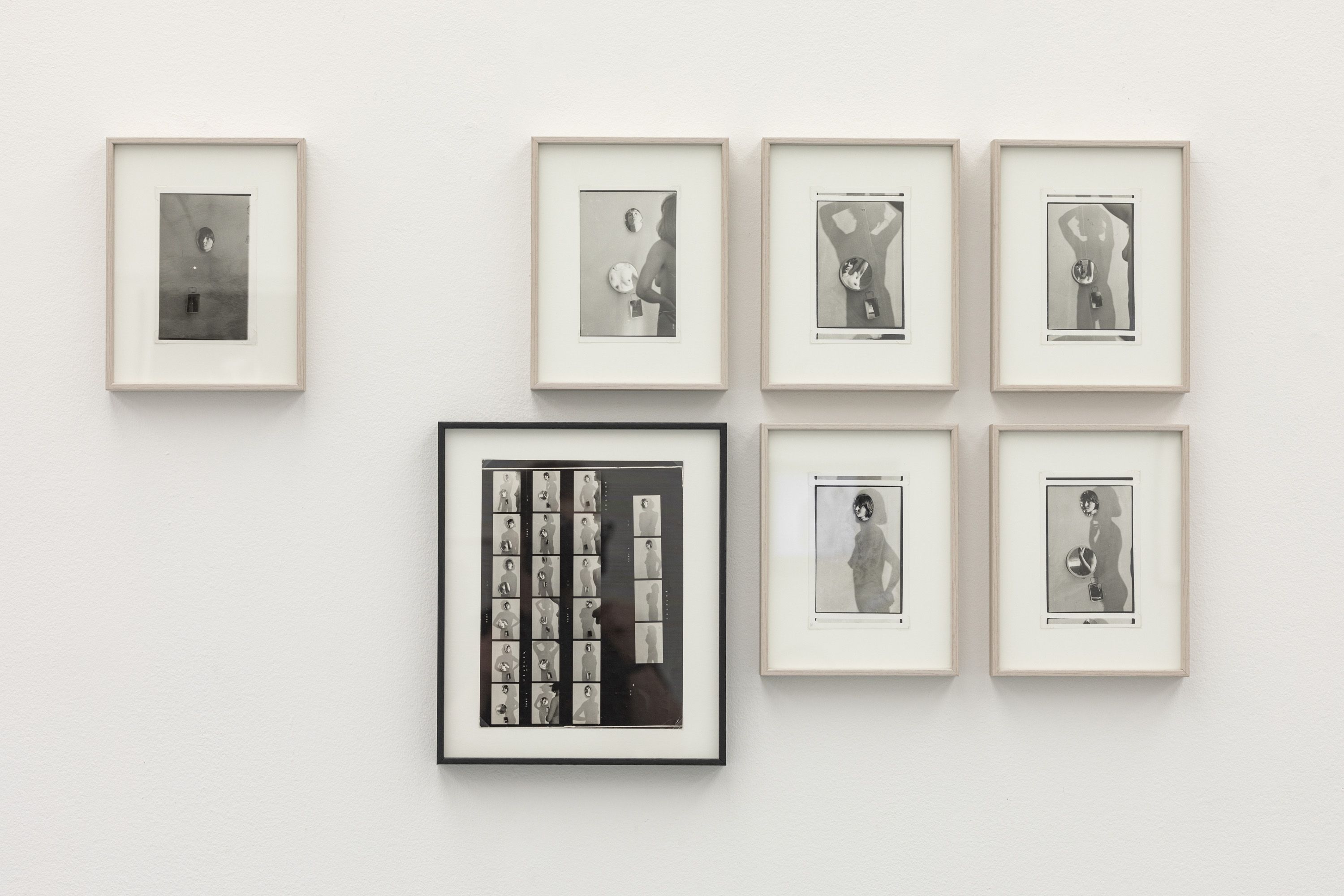
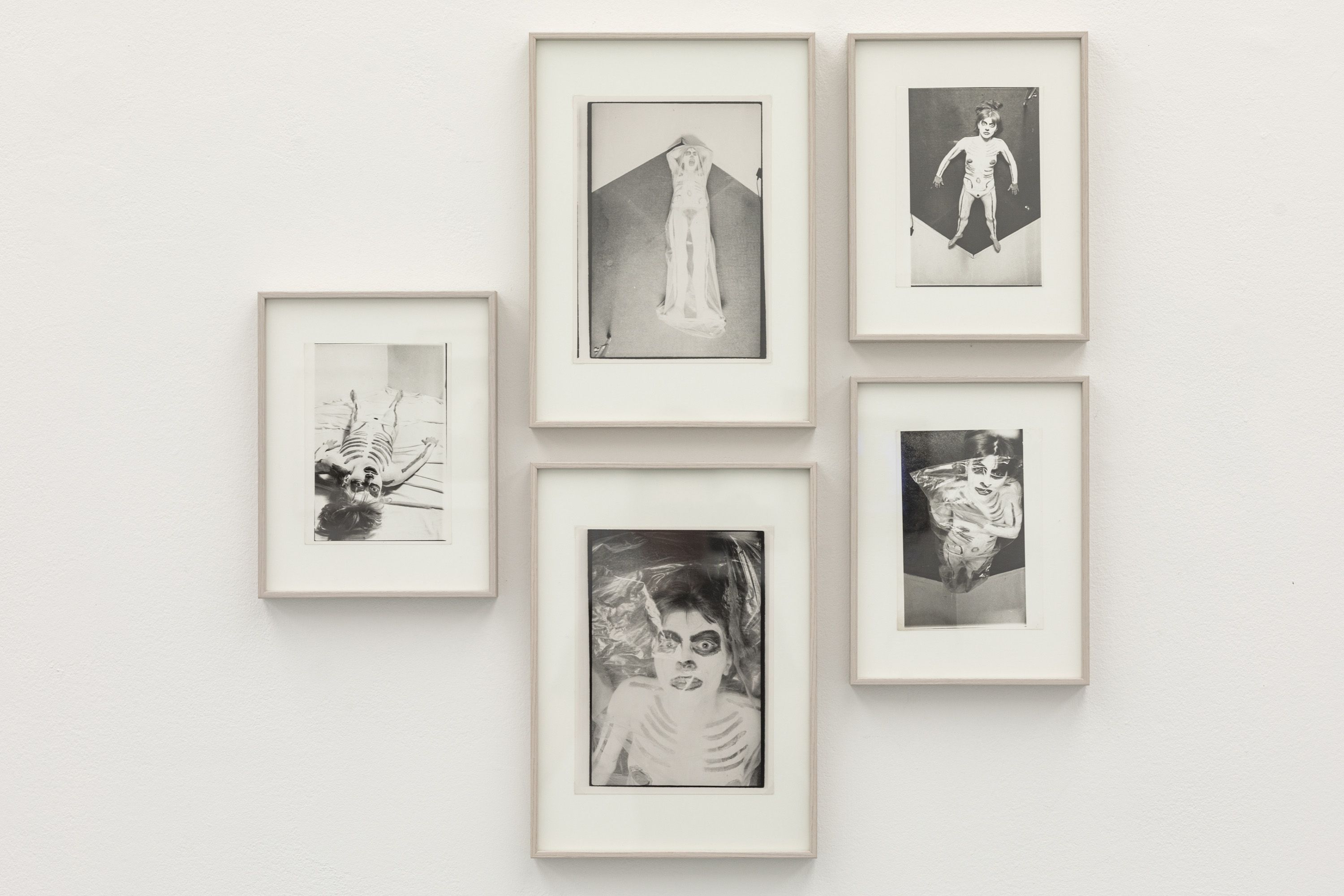
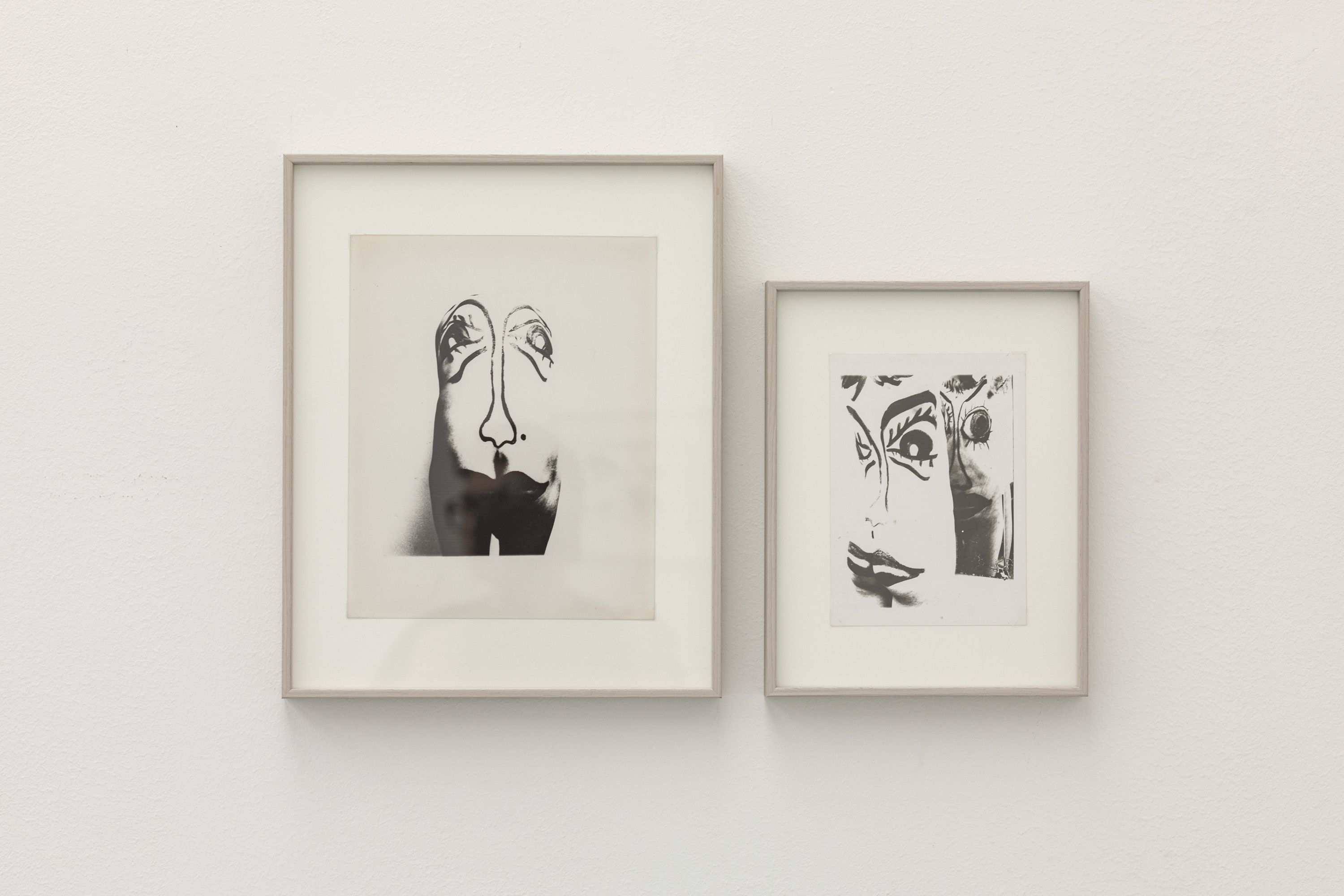
Chansons in Black and White
video interview
42’33”, 2023, acb Gallery
Speakers: UJJ Zsuzsi, artist, singer, lyricist
MÁTYÁSI Sándor, Zsuzsi Ujj’s former husband, engineer, sociologist
HALAS István, photographer
VÁRNAGY Tibor, artist, manager of Liget Gallery between 1983 and 2022
Interviews, concept, script: BALÁZS Kata
Camera, editing: SIMON Zsuzsanna
Translation: SIPOS Dániel
